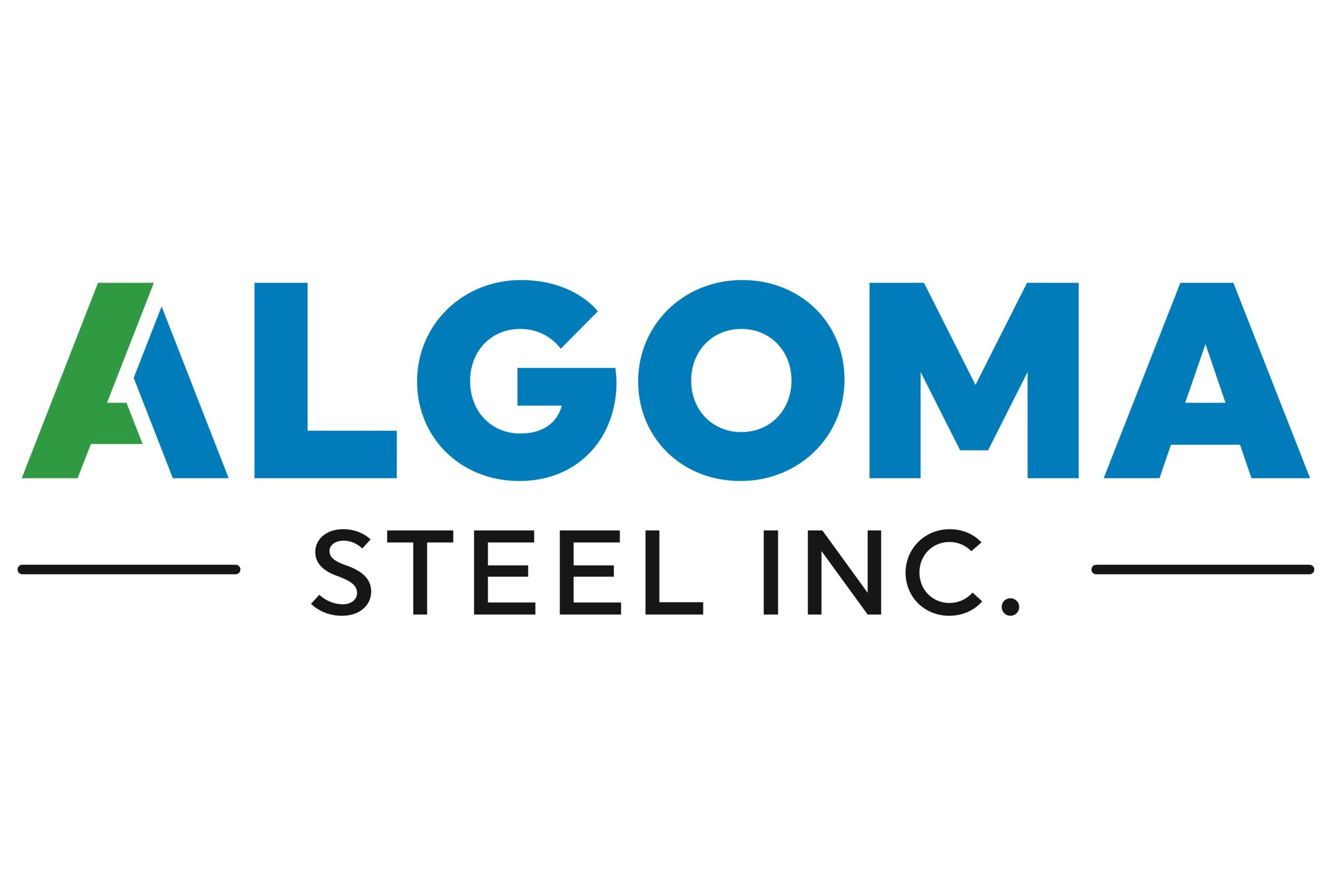Market Segment
October 30, 2025
Ternium swings to Q3 loss, eyes 2026 recovery
Written by Laura Miller
Ternium SA
| Third quarter ended Sept. 30 | 2025 | 2024 | Change |
|---|---|---|---|
| Net sales | $3,955 | $4,480 | -11.7% |
| Net earnings (loss) | $(270) | $93 | -390% |
| Per American Depositary Share | $0.10 | $0.16 | -37.5% |
| Nine months ended Sept. 30 | |||
| Net sales | $11,834 | $13,773 | -14.1% |
| Net earnings (loss) | $132 | $(159) | 183% |
| Per American Depositary Share | $1.54 | $(1.70) | 191% |
Ternium closed the third quarter with steady shipments and improving margins. But trade policy uncertainty and subdued demand in Mexico weighed on the Latin American steelmaker’s results.
In earnings results released this week, Luxembourg-based Ternium SA reported Q3’25 steel shipments of 3.76 million metric tons (mt). This represented a slight increase from the prior quarter’s 3.72 million mt, but a 9% decrease from the same period last year.
Net sales of $3.96 billion were essentially flat on a sequential basis but showed a 12% year-on-year decline.
At the same time, the company swung to a $270 million net loss from net income of $259 million in Q2’25 and $93 million in Q3’24.
It cited a $405 million non-cash write-down of deferred tax assets at Usiminas and a $32 million litigation provision. Excluding those charges, management said net income would have been $167 million.
Mexico
Mexico remains Ternium’s largest market, accounting for nearly half of total shipments. But volumes there have been pressured by weak construction activity and uncertainty over US tariff policy, according to the company. Shipments in Mexico increased a modest 3.6% from the prior quarter to 1.85 million mt, but showed a more severe 14.6% y/y decline.
“Uncertainty resulting from US trade policies has had a significant impact on steel demand during 2025,” CEO Maximo Vedoya told analysts on an earnings call on Wednesday.
He attributed the decline primarily to a sharp contraction in steel-intensive infrastructure investment, which fell by nearly 30% in the first nine months of the year.
He added that the Mexican government has responded with its “Plan Mexico,” which includes proposals to raise tariffs on roughly 1,500 categories of imports from countries without trade agreements. The measure includes steel, auto parts, and engines. Tariffs on steel could rise from 25% to 35%. Light vehicle tariffs may jump from 20% to 50%.
“These efforts are primarily aimed at increasing local value adding, promoting more resilient North America supply chains, and reducing reliance on imports from Asia,” Vedoya said. “We strongly support these policies.”
USMCA and Pesqueria
The USMCA remains central to Ternium’s strategy. Vedoya emphasized that the “Fortress North America” concept is gaining traction. Stakeholders on both sides of the border are supporting deeper integration and stronger rules of origin, he said.
The company’s $2.7 billion upstream investment in Pesqueria, Nuevo Leon, is designed to meet those requirements, he added. The project includes a 2.6-million-ton EAF steel shop and a 2.1-million-ton DRI module. Both are scheduled to start up in late 2026.
“The new investment was exactly because of this,” Vedoya said when asked about US melt-and-pour rules. “We are investing because I think that the melt and pour, in some cases, as in the automotive industry, is something that is going to stay, or it can be increased.”
Meanwhile, downstream expansion at Pesqueria is moving forward. A new push-pull pickling line and finishing lines are already operational. A 1.6-million-ton cold-rolling mill and a 600,000-ton galvanizing line are slated to begin ramp-up in December and January, respectively.
Capital expenditures totaled $711 million in the third quarter, following a peak of $810 million in the second. Capex is expected to total $2.5 billion to $2.6 billion for the year. CFO Pablo Fabrizio said spending will decline to about $1.9 billion in 2026 before normalizing in 2027. “2025 is a peak year for the growth projects in Pesqueria,” he noted.
USA
In the US, shipments softened in the third quarter, partially offsetting higher volumes in other destinations in the “Other Markets” category, which fell to 357,000 mt, down 8.5% from Q2’25 and 2.2% from a year earlier.
Management acknowledged that some customers have been affected by US-only melt-and-pour requirements, but said Ternium is working with them “to support their sales so that we don’t lose any volume.”
Vedoya stressed that any long-term agreement must recognize melt-and-pour across the entire USMCA region, not just the US.
South America
Brazil remains a mixed picture. Ternium said Brazilian steelmaker Usiminas, in which it holds a 23% stake, continues to face surging imports from Asia. It pointed to finished steel imports, which increased by 33% in the first nine months of 2025.
“Unlike the United States, Europe or Mexico, Brazil still lacks effective trade defense mechanisms,” Vedoya commented, urging the conclusion of anti-dumping investigations there.
Still, Usiminas has improved competitiveness through cost reductions and operational efficiencies, and management expects a better cost per ton in the fourth quarter.
In Argentina, demand slowed ahead of midterm elections. But Vedoya expressed optimism that structural reforms could unlock growth in agriculture, mining, and energy.
Outlook
Looking ahead, Ternium expects a seasonal dip in shipments across all markets in the fourth quarter. It anticipates steady margins as lower costs offset softer prices in Mexico and Argentina.
For 2026, management forecasts a recovery in Mexican steel demand of about 4%, driven by a rebound in infrastructure spending and the stabilization of USMCA trade relations.
“Apparent consumption in Mexico is probably going to be down 10% in 2025, which is a very, very big number,” Vedoya stated. “What we are seeing for 2026 is a recovery.”
Ternium is betting its investments in Pesqueria and its alignment with USMCA trade policy will position it to capture the next wave of regional demand.
“To sum up, the US transformation of the global trade framework has brought significant challenges, but these adjustments are necessary in light of aggressive trade practice by China and other Asian countries,” Vedoya said in his closing prepared remarks. “To navigate the evolving global trade environment, we are focused on strengthening our market position through ongoing optimization and cost reductions.”







